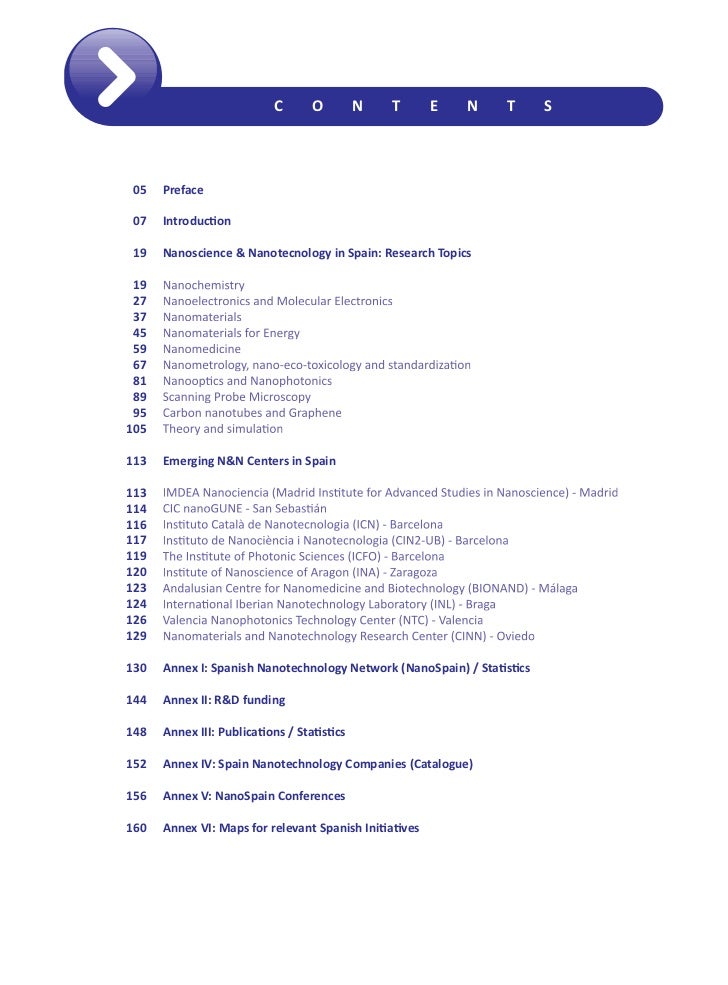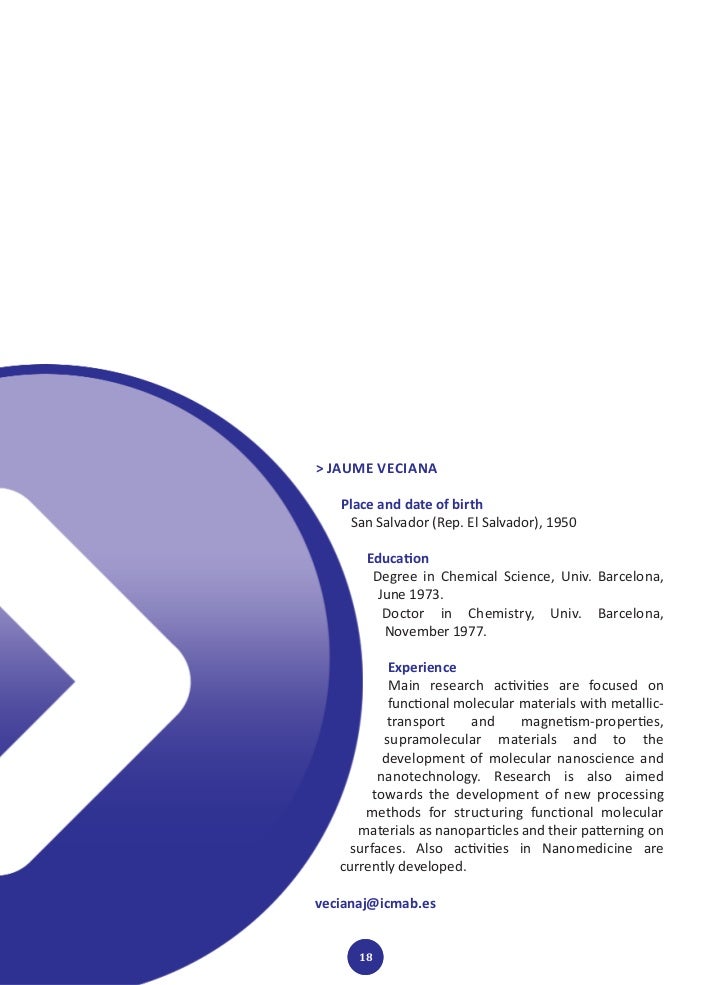Introduction To Nanotechnology Poole Pdf Merge
Abstract
Introduction to Nanotechnology. Charles P. Poole, Jr., and Frank J. Owens. Hoboken, NJ: John Wiley & Sons, 2003, 400 pp., $79.95, hardcover. ISBN 0-471-07935-9. Maurizio Ferrari 1 1 IRCCS Ospedale San Raffaele, Clinical Molecular Biology Laboratory, 20132 Milan, Italy The completion of the Human Genome Project, expanded knowledge in molecular genetics, and breakthroughs in our understanding of genetic material have dramatically changed every field of life sciences. They have spurred the growth of DNA technology and the development of DNA diagnostics, but several challenges persist in the analyses of nucleic acids. Each advance in technology, each new application, each step forward in automation and reduction in the time and work required to perform molecular testing expands the potential of molecular diagnostics to impact the clinical management of patients and their families. In the future, nanotechnology will likely propel this laboratory testing forward rapidly. Nanotechnology is the creation and utilization of materials, devices, and systems through the control of matter at the nanometer-length scale, at the level of atoms, molecules, and supramolecular structures. This book provides an in-depth description of different topics concerning nanotechnology and the characteristics of solids at the nanoscale level. The first three chapters describe the physical and chemical theory of solid states, properties of bulk materials, and methods to measure these properties. When the sizes of materials are reduced to the micrometer or nanometer range, many of their properties, such as mechanical, ferroelectric, and ferromagnetic, change. Subsequent chapters cover the properties of nanostructures as individual nanoparticles or as bulk solids made by basic units having nanosized dimension. Two separate chapters are devoted to nanostructures of carbon and to ferromagnetism. Methods to study and produce nanomaterials are discussed in chapters 8 through 10. Because many organic compounds and biological materials are in the size range from 1 to 100 nm, they can be classified as nanoparticles. For example, the combination of amino acids to construct a polypeptide and nucleotides to construct a DNA chain can be considered nanowires. An overview focused on nanodimensional aspects of organic compounds and biological materials is found in chapters 11 and 12. Finally, the last chapter deals with some applications of nanotechnology in the development of “nanodevices” and “nanomachines”, from current microelectromechanical and nanomechanical systems (MEMS and NEMS) to future computer technology. The book is well written and very nicely illustrated. For each topic the authors include an overview and some theoretical background information, which helps in the comprehension of a subject that is particularly complex for an outsider. Even if the matter is not addressed primarily to clinical and laboratory scientists, this book offers a large amount of useful information to those who want to be introduced to the nanotechnologies. View larger version: In this window In a new window Figure 1. © 2004 The American Association for Clinical Chemistry « Previous Next Article » Table of Contents This Article doi: 10.1373/clinchem.2003.025817 Clinical Chemistry May 2004 vol. 50 no. 5 981 Extract Free » Full Text PDF Classifications Book, Software, and Web Site Reviews Services Email this article to a friend Alert me when this article is cited Alert me if a correction is posted Similar articles in this journal Similar articles in Web of Science Download to citation manager Responses No responses published Citing Articles Load citing article information Citing articles via Web of Science Citing articles via Google Scholar Google Scholar Articles by Ferrari, M. Search for related content PubMed Articles by Ferrari, M. Related Content Load related web page information Follow Us Clinical Chemistry Trainee Council Register Today! www.traineecouncil.org Information for Authors Submit a Manuscript Editorial Board Clinical Case Studies Clinical Chemistry Guide to Scientific Writing Journal Club Podcasts Translated Content Annual Meeting Abstracts Permissions and Reprints Advertising Copyright © 2012 by the American Association for Clinical Chemistry
Journal
This self-confessed introduction provides technical administrators and managers with a broad, practical overview of the subject and gives researchers working in different areas an appreciation of developments in nanotechnology outside their own fields of expertise. The purpose of this book is to provide an introduction to the subject of nanotechnology on a level that allows researchers in different areas to obtain an appreciation of developments in nanotechnology outside their own fields of expertise, and that will allow technical administrators and managers to obtain an overview of the subject. Techniques for measuring the size of nanoparticles Compared with the number of techniques for measuring the size of a particle greater than 1 micron, there are very few techniques that are able to accurately measure the.

Clinical Chemistry – American Association for Clinical Chemistry
Introduction To Nanotechnology Poole Pdf Merge Online

Introduction To Nanotechnology Ppt

Published: May 1, 2004 Colombo road map free download.